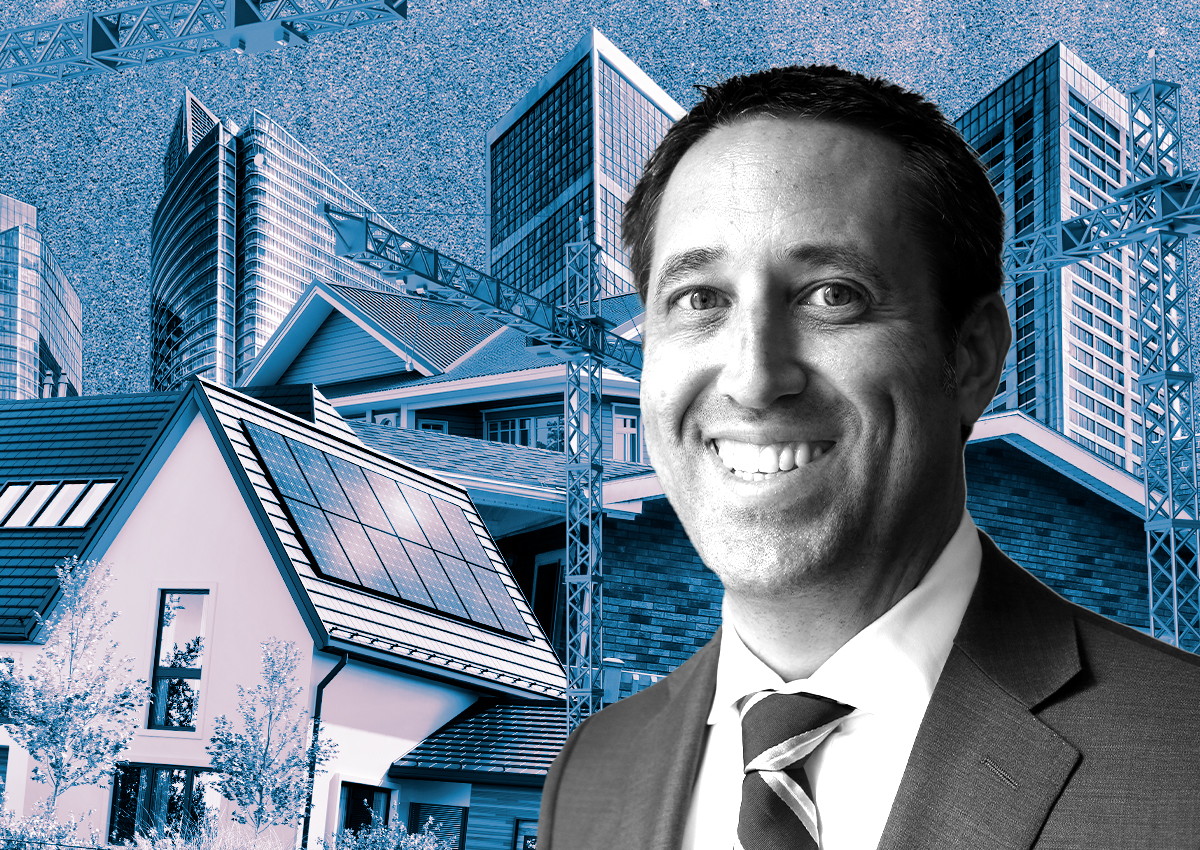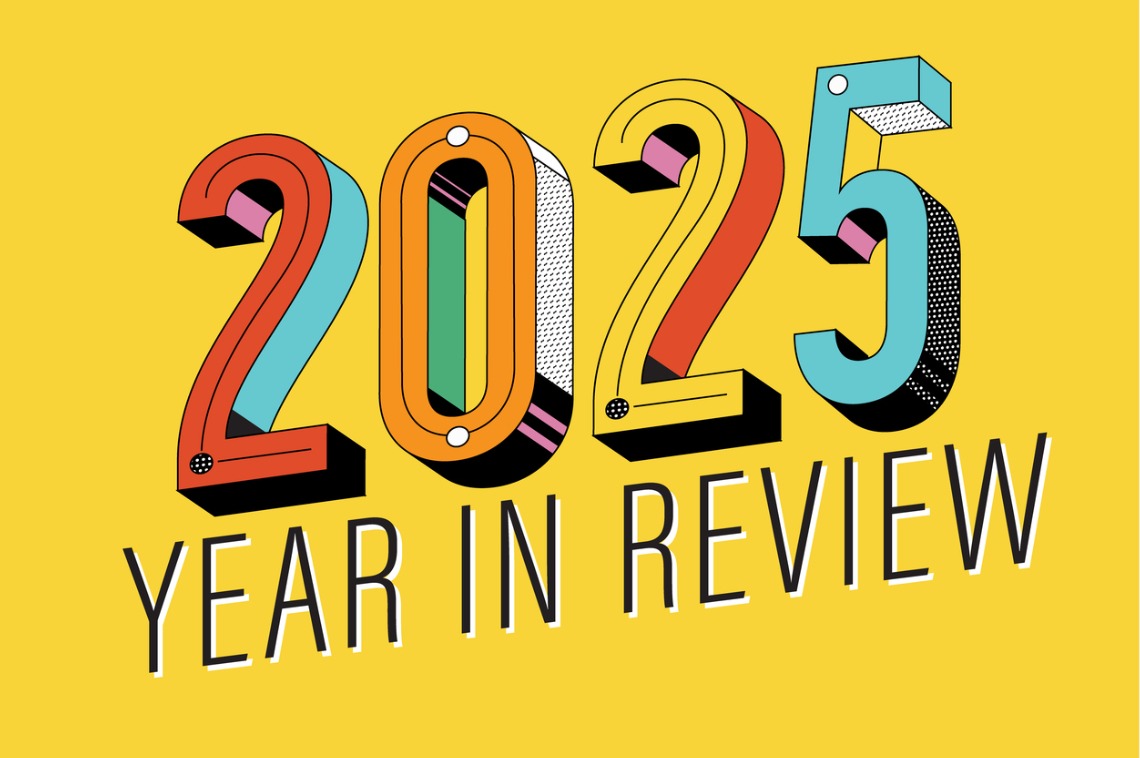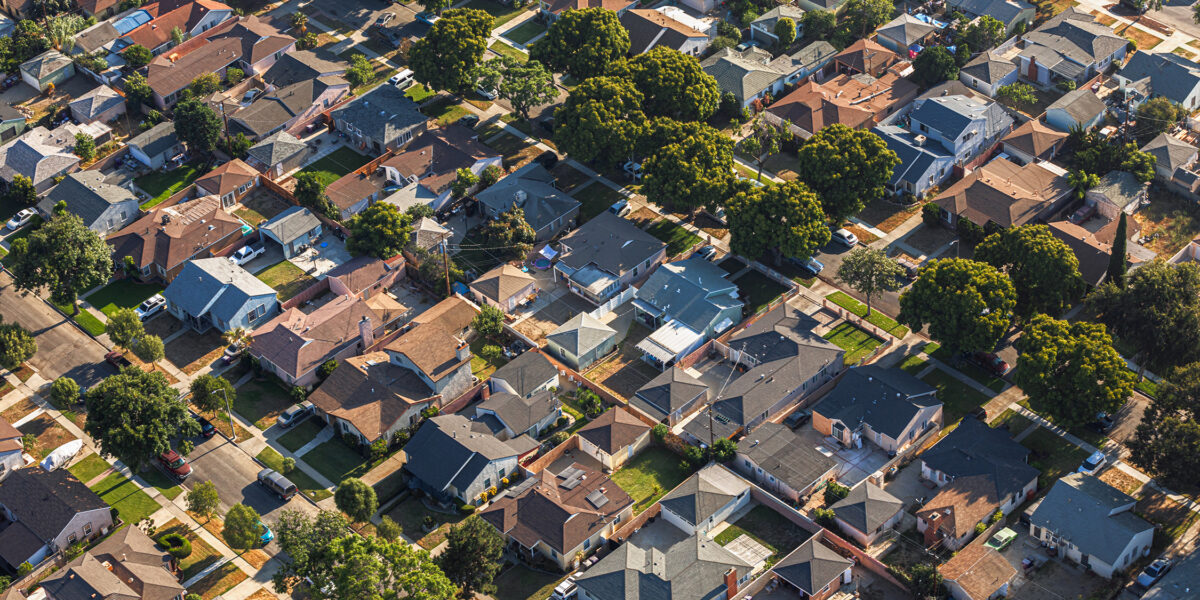T
exas is facing a housing shortage due to rapid population growth, particularly in major metropolitan areas like Dallas-Fort Worth. The state has been issuing a high number of building permits for housing units since 2008, but this pace is still not enough to meet the demand. Estimates suggest that Texas needs an additional 306,000 homes to make a significant impact on demand, according to Up for Growth, a nonprofit organization focusing on housing policy. The shortage has led to rising prices and limited housing options, especially for those in lower income brackets.
Texas Comptroller Glenn Hegar pointed out that high interest rates and elevated prices have put significant upward pressure on the costs of borrowing and home ownership. Despite being known for its low cost of living, Texas is facing a decline in housing affordability due to its growing population and increasing demand for housing.
The Dallas-Fort Worth metro area is one of the hardest hit by this housing shortage. With a population growth rate higher than any other U.S. metro area from 2020 to 2023, median home prices have increased by more than 40 percent in recent years, according to Texas A&M University’s Texas Real Estate Research Center. In January 2020, the median price of a home in DFW was $267,000; today, it has surpassed $400,000. Despite being a national leader in both apartment and single-family housing production, DFW still faces a deficit of almost 50,000 housing units.
The shortage is most acutely felt by the region's poorest residents. The city of Dallas alone requires nearly 34,000 additional apartments to meet the needs of lower-income residents, according to the Dallas nonprofit Child Poverty Action Lab.
While Hegar did not provide specific recommendations, he pointed to local zoning laws, land-use regulations, and institutional investors as potential obstacles to affordable housing. He emphasized that lawmakers have taken critical steps in recent years to lower the overall cost of homeownership by reducing property tax burdens on Texans. However, this issue remains a significant challenge for the state's continued economic health.














